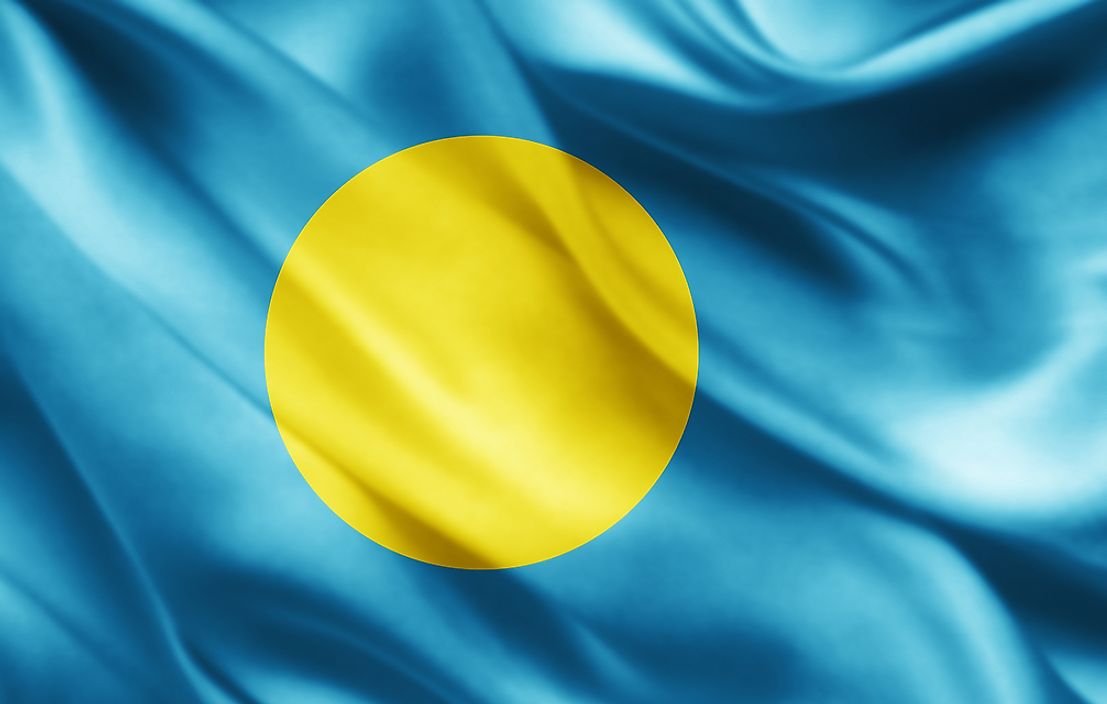What Type of Government Does Palau Have?

The history of human settlement on Palau began more than 3,000 years ago. Although the territory was initially sighted by Europeans in 1522, it was discovered in 1696 and visited in 1710 by the Jesuit expedition headed by Francisco Padilla. Palau was subsequently occupied by the Spanish, Germans, Japanese, and finally by the United States. Palau gained Republic status in 1981. The constitution in Palau came into force in 1981, and the country enjoys free association with the US.
Executive Branch of Government
Presidential elections in Palau are held every four years. After elections, the president assumes the role of head of state, as well as leader of the government. Palau's vice president runs for office on a separate ticket. There is a Council of Chiefs which brings together the highest traditional chiefs representing each state. The council is empowered to advise Palau's president on matters relating to traditional customs and laws. The 2016 presidential elections in Palau ended in victory for Tommy Remengesau. He is deputized by Raynold Oilouch. Palau's executive branch also features cabinet ministers, and the vice president is recognized as one of the ministers.
Legislative Branch of Government
Legislative responsibilities in Palau are vested on the national congress or the Olbiil era Kelulau. The congress is bicameral, and it features the house of delegates in addition to Palau's senate. The houses convene at the capitol complex built in Ngerulmud, Melekeok State. 16 members sit in the house of delegates after having been voted in single-seat constituencies. The members serve in their legislative capacities for four-year terms. Palau's parliamentary elections of 2004 saw only non-partisans representatives elected, as there are no political parties. The senate of Palau has 13 members in multi-seat constituencies. The house is under the authority of the president of the senate.
Judicial Branch of Government
Final judicial power in Palau rests with the supreme court as dictated by the republic’s constitution. The court branches into appellate and trial divisions. The court further gives attention to disciplinary as well as other special proceedings. The chief justice is assisted by three associate justices, while other judges may be required as needed. The supreme court convenes in Koror, although some cases are given audience in Ngerulmud. The judiciary of Palau also includes a court of common pleas, as well as a land court. Judges in Palau are selected by the president to work for life terms upon approval from the nation’s national congress. The judiciary is empowered to interpret and apply Palau’s laws as influenced by traditions and customs. The institution offers dispute resolution mechanisms.
Administrative Divisions
Palau has 16 states: Ngiwal, Airai, Kayangel, Sonsorol, Koror, Ngarchelong, Aimeliik, Ngatpang, Hatohobei, Angaur, Ngchesar, Ngaraard, Peleliu, Ngeremlengui, Melekeok, and Ngardmau. Rock Islands did not initially belong to any of Palau's states, but are now under the state of Koror. Melekeok is home to the nation's state of Ngerulmud. Koror state has approximately 14,000 inhabitants, nearly 70% of Palau's population. The state is recognized as the commercial hub of Palau, and it enjoys a profitable tourism industry. Palau's population lives in 250 islands, in which Koror, Peleliu, Babeldaob, and Angaur are the most populous.







